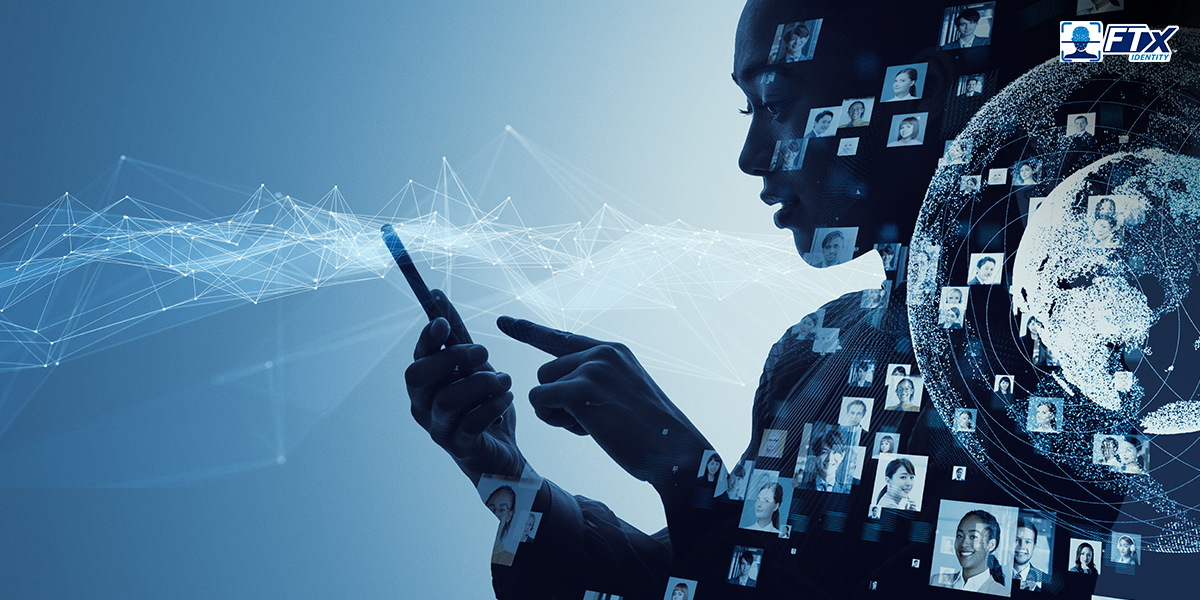The term “black market” evokes images of shady deals and nefarious activities, but the reality is that it is a multi-billion-dollar industry in identity data. With technology advancing at an unprecedented rate, so have criminals.
From harvesting personal information from breached databases to selling stolen credit cards online, the black market for identity data remains very active today, illustrating both the risks of having our personal information stored on digital networks as well as how much value this information holds even outside its intended usage.
According to Market.us Scoop, it is estimated that 60% of the websites on the dark web are involved in illegal activities, with identity theft ranking as one of the most serious offenses.
In a world where everything has gone digital, keeping your business secure should be your number one priority. And that’s where we come in. Check out how to keep your business secure from identity theft, credit/debit card fraud, and other such crimes.
In this blog post, we’ll explore what exactly makes up the black market for identity data, where it exists, and how individuals can protect themselves against any potential losses or damage arising from black market identity theft.
Get to Know the Mysterious World of the Dark Web
So…what exactly is the dark web?
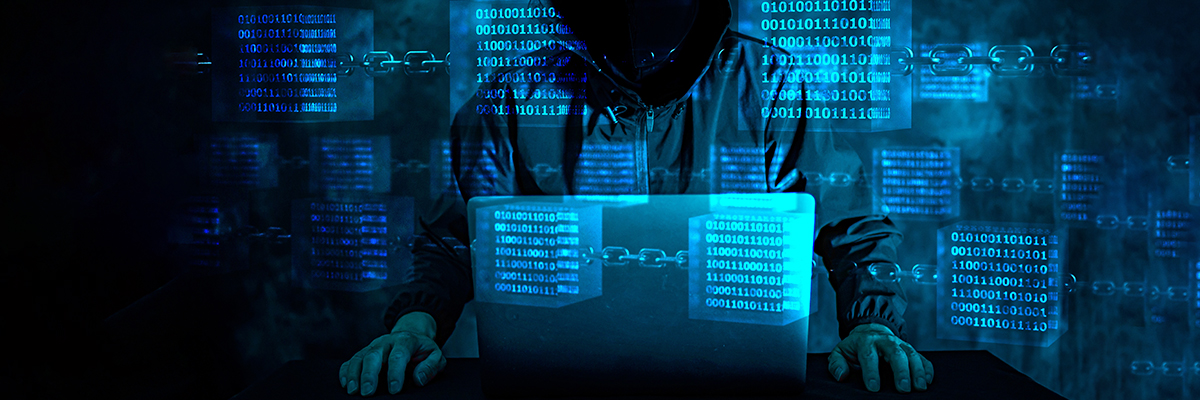
The dark web is a clandestine network of websites that are accessible only through specialized software and operate on an encrypted network. Its use of anonymity makes it a favored platform for criminal activities, such as the illicit trade of drugs, weapons, and stolen personal information on black market websites.
The surface web, the deep web, and the dark web are the three main layers that make up the World Wide Web. You are most likely on the surface web when you conduct searches, read articles about growing lemons from websites, or shop for wedding accessories online. This area of the internet is well known to many people.
You can access the deep web by logging into your email. Password-protected data is stored in this section of the website. The deep web contains all of your email, financial information, and online health records. The deep web, also known as the hidden web, includes parts of the internet not indexed by standard search engines. It is widely considered to be much larger than the surface web, though exact comparisons vary depending on how its size is measured.
The deep web includes the dark web. Additionally, the dark web is invisible to regular web browsers, unlike the other layers of the internet. The dark web can only be accessed by users with specialized hardware or software. Users on the dark web are anonymous, and neither their behavior nor their IP addresses are monitored.
To access and use the dark web, users need to possess a particular set of technological abilities and knowledge.
Is the Dark Web Illegal?
Although the dark web is frequently linked to illegal activities, some trustworthy companies and organizations do use it. To send and receive messages secretly, dark web technology was developed by U.S. military researchers.
To keep sources’ or whistleblowers’ identities secret, some journalists use the dark web. Additionally, news organizations use it to open up access to journalism in locations where it is blocked.
The dark web, however, should not be used by individuals who are not knowledgeable of the technology and risks associated with it because it is not a secure environment. The dark web’s ability to provide anonymity can attract criminals and hackers who want to take advantage of unsuspecting people.
Due to the anonymity of its users, the dark web is also utilized by criminals as an online marketplace for illicit operations like the sale of stolen data.
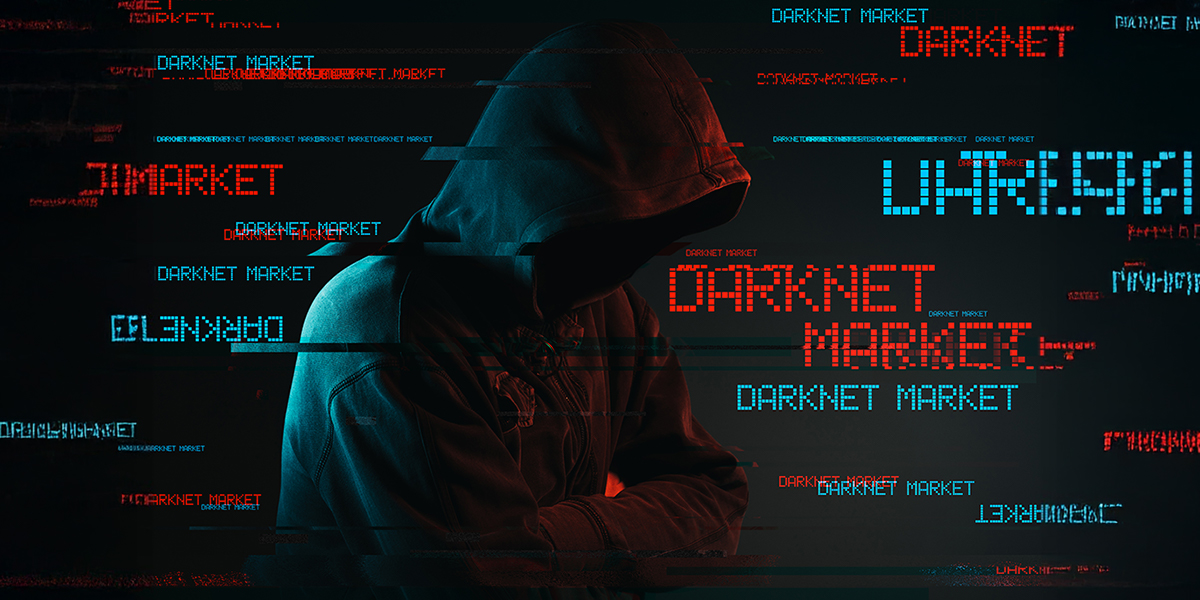
How Does the Black Market Work?
In today’s digital age, personal data is a valuable commodity, and the black market for this information is a serious worry for both individuals and corporations.
The dark web offers a marketplace for buying and selling private data, but it’s also a location where users may hide their identities and their transactions. It is difficult to put an end to fraudulent operations or repair the harm done to customers because of a lack of control and common security measures.
Cybercriminals use a variety of techniques to steal personal information, such as malware, phishing schemes, and confidence tricks, via emails, social media platforms, and digital accounts. Cybercriminals may occasionally use sophisticated hacks to access corporate databases.
Once they have access to personal information, criminals may use it for their own gain or sell it on the dark web. Cybercriminals can operate freely and generate money from the black market for personal data on the dark web due to their anonymity and lack of oversight.
How Identity Data Gets Stolen
Before personal data ends up on an online black market or a black market website surveillance forum, it’s usually taken in quiet, calculated steps. Criminals don’t always break into systems with force. Sometimes they simply wait for us to make mistakes. Understanding how data gets stolen is the first defense against it.
1. Data Breaches
A single data breach can expose thousands or even millions of identities in one strike. Attackers exploit unpatched software, weak passwords, or third-party vulnerabilities to steal massive troves of personal information. These leaks often find their way to dark-web marketplaces where criminals can buy identity data for fractions of their real-world value.
2. Phishing and Social Engineering
Even the most secure systems can crumble when the human layer is compromised. Phishing emails and fake login portals remain two of the simplest and most effective methods of stealing identity information.
3. Malware and Spyware
Cybercriminals use malicious code to infiltrate devices silently. Malware captures keystrokes, screen activity, and saved credentials, while spyware transmits stolen data back to command servers. Once this information is gathered, it’s packaged and sold as black market data to other criminal networks.
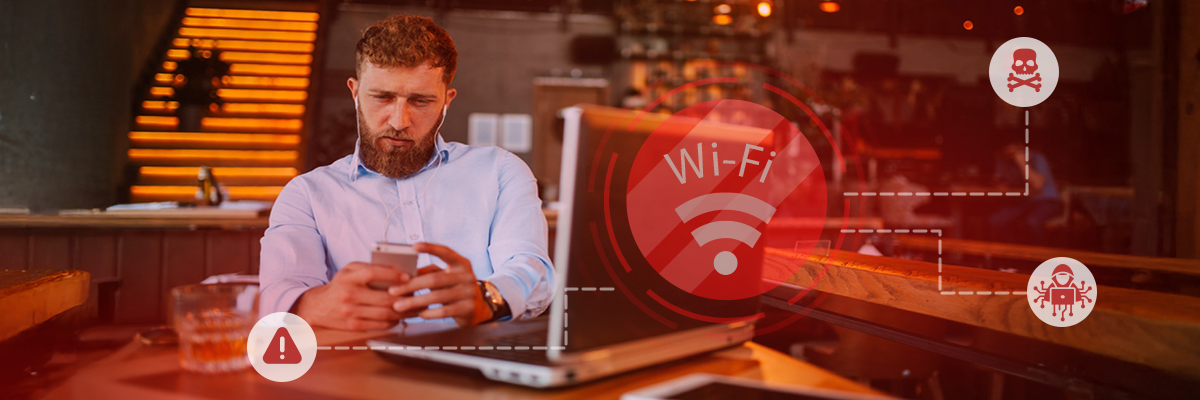
4. Public Wi-Fi and Unsafe Devices
Free Wi-Fi isn’t free when it comes to privacy. Attackers often create look-alike networks in cafés or airports to intercept data transmissions. Unsuspecting users logging into financial accounts or corporate dashboards on these networks risk exposing credentials directly to the black market information ecosystem.
5. The Human Factor
Technology can only do so much; human oversight remains a major weakness. Employees who reuse passwords, fall for phishing attempts, or mishandle customer records unintentionally make identity theft easier. Many high-profile breaches have started with a single careless click.
6. SIM Card Swapping
An overlooked but highly effective tactic, subscriber identity module (SIM) swapping allows criminals to hijack a victim’s mobile number. Once they control it, they can intercept verification codes, reset passwords, and take over digital accounts. This technique bridges the gap between the digital and physical black markets, enabling access to both personal and financial data.
How Stolen Identity Data Is Used
When information makes its way into the online black market, it doesn’t just sit there. It moves, multiplies, and mutates into new forms of fraud. Each stolen record becomes raw material for criminal profit.
1. Direct Monetization
Some criminals skip complexity altogether. They sell data directly to others through encrypted forums, where buyers can buy identity data by the batch – everything from emails to credit card details. It’s a straightforward business model with a devastating real-world impact.
2. Account Takeover (ATO)
With enough personal information, fraudsters can gain access to bank accounts, e-commerce platforms, and digital wallets. Once inside, they change passwords, drain balances, or use accounts for further scams, making recovery slow and costly.
3. Payment Fraud
Stolen card numbers are still a dominant currency on the black market access networks. Criminals test them with small purchases before making large transactions or selling verified cards to others for profit.
4. Credential Stuffing and Automation
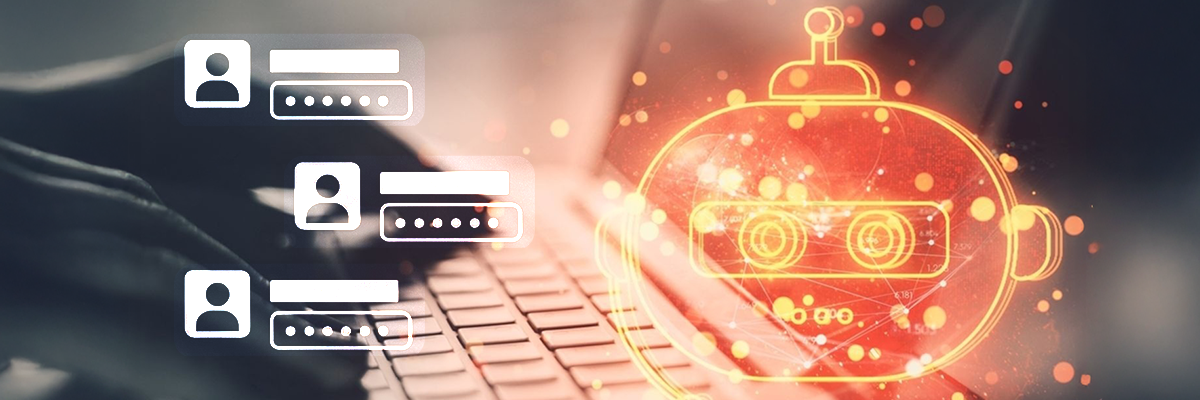
Automation has made hacking scalable. Bots run thousands of stolen username-password combinations across sites, hoping for reused credentials. This practice, known as credential stuffing, has become a key pillar of the global black market data economy.
5. Synthetic Identity Fraud
One of the fastest-growing threats, synthetic identity fraud combines real and fake details to create entirely new identities. These synthetic profiles can open loans, file taxes, or even pass certain verification checks.
6. Social Engineering and Phishing
Criminals recycle stolen data to make phishing attempts more believable. With enough personal details, scam messages appear authentic, leading to even deeper breaches. This feedback loop fuels ongoing cybercrime activity.
7. Supply Chain Attacks and Impersonation
Corporate targets are increasingly vulnerable to impersonation. Using stolen credentials, hackers infiltrate vendors or partners to reach larger networks. These attacks compromise business ecosystems far beyond the initial breach.
The Global Impact of the Identity Data Black Market
The black market for identity data reshapes economies, erodes trust, and strains global regulatory frameworks. Its effects ripple across financial systems, businesses, and society at large.
1. Economic Damage
Identity theft contributes billions in losses every year. From fraudulent claims to chargebacks and operational recovery, the costs extend far beyond immediate theft. The online black market thrives because stolen data can be resold repeatedly, multiplying financial damage long after the original breach.
2. Psychological and Social Effects
Victims of identity theft often describe the experience as invasive and exhausting. The emotional toll, anxiety, mistrust, and constant fear of another attack can outlast the financial recovery. On a societal level, these breaches weaken confidence in digital systems and online transactions.
3. Regulatory and Legal Challenges
Authorities worldwide struggle to keep pace with evolving tactics. Jurisdictional barriers make it difficult to prosecute crimes that cross borders, while outdated privacy laws leave gaps for bad actors. This complexity gives black market access networks room to operate with limited interference.

4. Impact on Businesses
For organizations, the fallout extends beyond fines. Data breaches can destroy reputations, invite lawsuits, and push customers toward competitors. Companies are now expected not only to prevent breaches but also to demonstrate transparency and proactive protection strategies.
The Role of AI and Technology in the Digital Black Market
Technology created the modern black market, and it’s also the key to dismantling it. Artificial intelligence has become both the weapon of choice for criminals and the shield for defenders.
1. AI in Cybercrime
AI has supercharged criminal activity. Fraudsters now deploy machine-learning tools to create deepfakes and synthetic IDs capable of bypassing traditional verification systems. Automated bots launch large-scale credential stuffing attacks, while AI-powered phishing campaigns mimic genuine corporate communication almost perfectly. On some black market websites, these tools are even sold as “fraud-as-a-service” packages, complete with user manuals and customer support.
2. AI in Cyber Defense
Fortunately, AI is also redefining cyber defense. Machine-learning algorithms continuously scan traffic for irregular behavior, flagging anomalies before damage occurs. Predictive analytics now allow businesses to detect risk patterns early, turning prevention into an active process rather than a reactive one.
By combining human oversight with AI-driven monitoring, companies can close the gaps criminals exploit. And as systems evolve, this balance of automation and awareness will decide who stays one step ahead on the digital battlefield.
The Stages of the Digital Black Market

Stage 1: Malware creation to undermine internet security for users
Every virus, worm, bot, and other piece of malware is created by a specific company. The leaders of criminal organizations coordinate with programmers to develop malware, hackers to infiltrate networks, or other con artists to develop spam and phishing attacks. Windows users and online users who have been conned when looking up specific information, conducting banking transactions, or using networking are frequently the victims.
Stage 2: Involve promoting illegal products on the internet
Like legitimate commodity markets, the black market on the internet is extremely competitive. Cybercriminals must market their commodities to other criminals to be profitable. They design promotions, displays, service warranties, and even discounts for large purchases, all of which are advertised on secret forums and occasionally on social media.
Stage 3: The selling process
The offer of one cybercriminal piques the interest of another. Negotiations with the customer or vendor take place over private chat or email using generic addresses. Existing underground internet businesses are used to distribute the products. The method of payment is chosen, and it should always be one that is accepted by all parties. Contact customer care if the product isn’t working; for instance, if black market credit card info isn’t legitimate, they’ll replace it with one that is.
Stage 4: Money laundering
This stage relates to online criminals who use bank transfers to steal money from victims’ bank accounts. This is dirty money, and it needs to be cleaned before it can be used on genuine markets. At this point, new victims enter the picture: money mules who were seduced by online scammers with false employment promises. They are given large rewards only for locating stolen money in their bank accounts and moving it to foreign accounts owned by cybercriminals. Both the physical and online security of these victims are in danger.
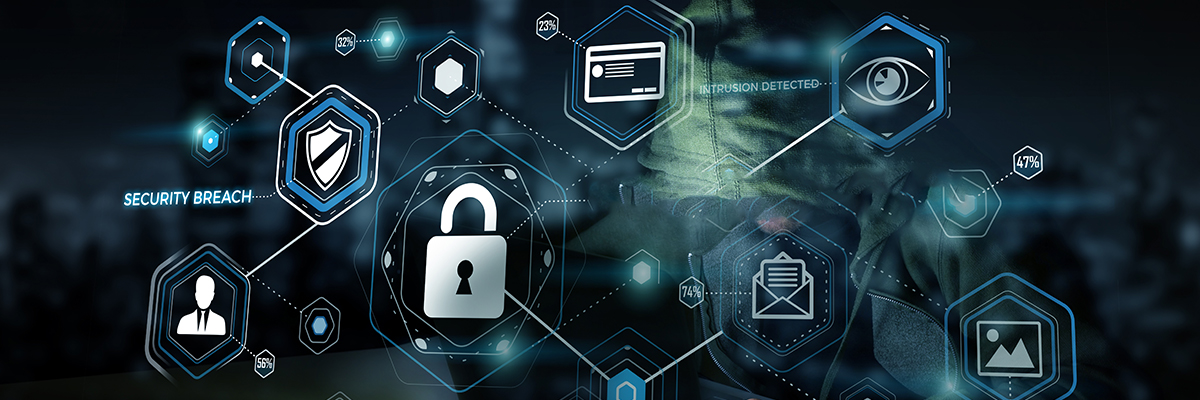
What Are Dark Web Data Breaches?
Dark web data breaches represent a serious and growing threat in the digital age.
They involve the unauthorized acquisition and subsequent sale or distribution of sensitive information on the dark web. The dark web, a section of the internet intentionally hidden and requiring specific tools like the Tor browser to access, offers a degree of anonymity that attracts cybercriminals.
This anonymity makes it fertile ground for illegal marketplaces where stolen data, ranging from personal details and financial records to intellectual property and government secrets, is bought and sold. These breaches often originate from cyberattacks targeting individuals, businesses, or government agencies but can also stem from accidental data leaks or vulnerabilities in systems.
The consequences of dark web data breaches can be devastating, leading to identity theft, financial losses, reputational harm, and even national security risks. The ease with which stolen data can be traded on the dark web amplifies the impact of these breaches and makes them a significant concern for individuals and organizations worldwide.
We provide real-time identity verification and risk assessment, helping to prevent
stolen data from being exploited.
What Sort of Information Is Available on the Dark Web?
Personal information such as the following is commonly bought and sold on the dark web:
- Counterfeit money
- Drugs, including prescription drugs and illegal drugs
- Fake diplomas
- Fake IDs
- Guns and other weapons
- Information regarding bank accounts, credit cards, and debit cards
- Passwords for subscription services and social media accounts
- Personally identifiable information, such as one’s name, date of birth, SSN, or driver’s license number
- Pirated software and media
- Phone numbers
- Malware
- Medical records
Each piece of private data carries a price. For as little as $1, a social security number can be acquired, which can then be used to create a synthetic identity. Banking information, debit cards, and credit cards could sell for up to $110. For non-financial institutions, usernames and passwords cost $1, whereas login credentials for online payment systems might cost anywhere between $20 and $200.
There are other types of information that might sell for hundreds or even thousands of dollars, like:
- Diplomas
- Passports
- Medical documentation
You can be sure that even seemingly insignificant amounts of data soon add up when they are obtained because of a significant data breach or a successful phishing attempt.
Prices fluctuate like they do in every market, so criminals wait for the right time to sell your data; it can even be years before they do anything with the information they stole. As a result, an issue might not become apparent until much later than the initial event.
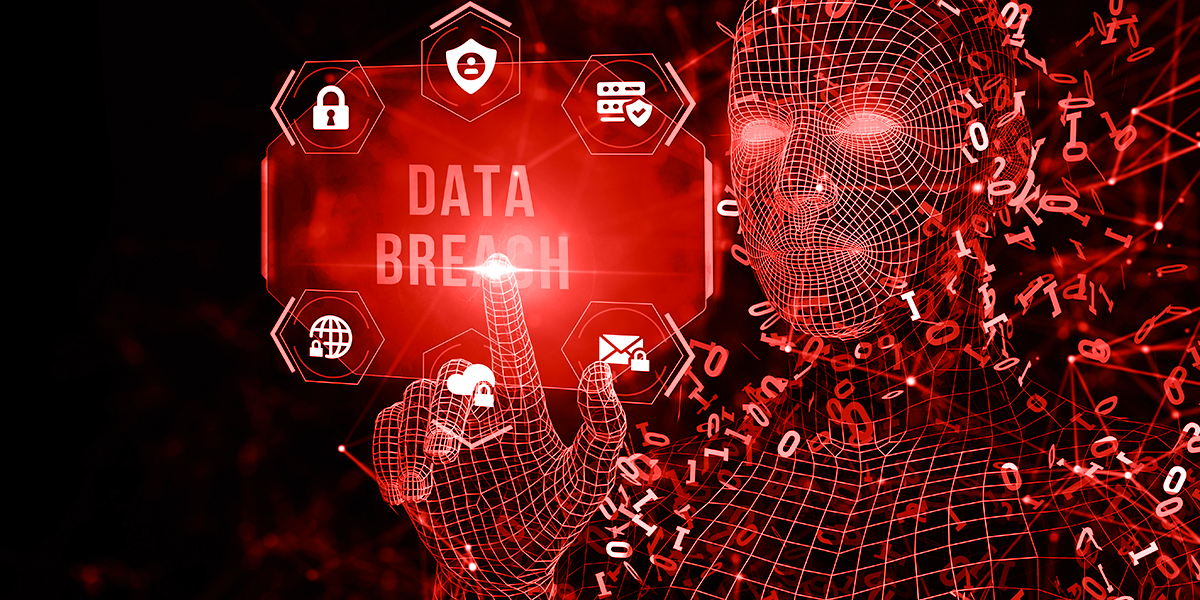
Understanding the Data Breach Cycle
Data breaches, particularly those that supply the dark web market, typically follow a distinct cycle, allowing us to understand how these incidents occur and how they might be prevented:
1. Research and Reconnaissance
The initial phase involves attackers meticulously researching potential targets. This includes identifying vulnerabilities in their systems, security protocols, and even human behavior. Attackers may scan for outdated software, weak passwords, or employees susceptible to social engineering tactics. They might also investigate the target’s industry, partners, and public-facing information to gain insights that could aid their attack. This reconnaissance can be passive, involving open-source intelligence gathering, or active, involving more direct probing of the target’s systems.
2. Attack and Intrusion
This phase marks the actual intrusion into the target’s systems. Attackers employ various methods to gain unauthorized access:
- Social Engineering Attacks: These attacks exploit human psychology to manipulate individuals into divulging sensitive information or performing actions that compromise security. Phishing emails, which mimic legitimate communications to trick users into revealing login credentials or downloading malware, are a common tactic. Pretexting involves creating a believable scenario to gain trust and extract information. Baiting uses enticing offers or promises to lure victims into clicking malicious links or downloading infected files.
- Malware Deployment: Malicious software, including ransomware, spyware, keyloggers, and viruses, can be used to infiltrate systems and steal data. Ransomware encrypts files and demands payment for their release. Spyware secretly monitors user activity and steals data. Keyloggers record keystrokes, capturing passwords and other sensitive information. Malware can be delivered through various means, including phishing emails, infected websites, compromised software, and even malicious attachments.
- Exploiting Vulnerabilities: Attackers often target known vulnerabilities in software or systems. These vulnerabilities can arise from coding errors, outdated patches, or misconfigurations. Exploit kits, prepackaged tools containing various exploits, can automate the process of finding and exploiting these weaknesses.

3. Data Exfiltration and Exploitation
Once inside the system, attackers focus on exfiltrating the desired data. This involves copying the data and transferring it to a secure location under their control.
The exfiltration process can be stealthy, designed to avoid detection, or more blatant, particularly in ransomware attacks where the data is held hostage. The stolen black market data is then often packaged and sold on dark web marketplaces.
Buyers may use the data for various purposes, including identity theft, financial fraud, account takeovers, and other malicious activities. The cycle is complete when the stolen data is used to generate profit or cause harm.
What Causes Personal Data to Wind Up on the Dark Web?
If someone discovers your personal information on the dark web, it may indicate that they obtained it against your will.
Criminals use a variety of methods to steal personal data. Some people attempt account hacking or use malware to collect credentials. Others try to obtain information by using SIM swaps and black market scams.
Scams are not all high-tech, though. Some thieves would even search through the trash for papers that contained personal information.
The Perils of Utilizing Stolen Identity Data
Criminals can utilize personal information they have obtained through hacking, phishing scams, or data breaches to engage in several different types of identity theft, including:
- A new credit card account is opened
- Applying for government benefits
- Bank transfers and transactions that are fraudulent
- Obtaining mortgages and loans
- Submitting false tax returns
For both the victim and the person using the stolen information, exploiting identity data might have serious repercussions. Financial loss, harm to one’s credit score, and a great deal of stress and frustration as they try to fix the problem can all be experienced by identity theft victims.
Lifelong Impacts
Once the relationship between a customer and a business has been repaired, the costs of data breaches continue. Instead, stolen data is permanently accessible on the dark web and can be bought, sold, or used in various ways. Following the theft of an identity database, it is utilized for:
- Creating fake identities and using deep fakes in identity fraud
- Compromising email accounts
- Rerouting mail to fake addresses
- A credit card account is opened in the victim’s identity
- Using a fake persona to make purchases online
- Submitting applications for student loans, state benefits, auto loans, and mortgages
- Using fictitious documents to gain access to online banking
How to Prevent Yourself from Experiencing Identity Theft
There are many techniques to prevent identity fraud that businesses and individuals can use.
Some of the best methods include:
- Keep your social security number private Your social security number is the ultimate key to your personal information. Safeguard it at all costs. Question the necessity and security measures of any request for your number. Leave your card at home. Safely store or shred any documents that contain your social security number.
- Set a credit freeze To prevent the opening of new credit files, you can freeze your credit with each of the three major credit agencies (Equifax, Experian, and TransUnion). Freezing your credit is the strongest defense against identity thieves using your data to open new accounts. You can unfreeze it if you need to start a new account, and doing so is also free.
- Passwords should be strong, and authentication should be included Create and save complicated, one-of-a-kind passwords for your accounts using a password manager. Use unique accounts only. An authenticator app can help you minimize your risk. Be careful what you publish on social media to avoid disclosing important information or revealing how you typically respond to security concerns. This is one of the biggest ecommerce identity fraud risks.
- Watch out for phishing and spoofing Beware of scams! Scammers are getting clever, making calls and emails seem legit to trick you into giving up personal information. Don’t fall for it. Take control. Instead of answering, proactively reach out to businesses or government agencies through an official and reliable source. And be cautious of attachments; they could be hiding dangerous malware.
- Take advantage of alerts Stay informed about your account activities with convenient notifications. Sign up to receive alerts via text or email whenever transactions occur on your credit cards or withdrawals and deposits are made on your financial accounts.
- Utilize a digital wallet Use a digital wallet, an app that contains safe, digital copies of your credit and debit cards, while making online or in-person purchases. It can be used at a suitable checkout terminal or when shopping online. The tokenization and encryption of transactions make them more secure. Additionally, there are fewer health hazards with contactless transactions.
- Pay attention to financial and medical statements Read account statements carefully. Verify that you can identify every transaction. Remember the due dates, and if you receive an unexpected charge, contact the appropriate party to check. To prevent health care fraud, review the “explanation of benefits” statements to ensure you comprehend the services offered. Check all your monthly account, credit card, and other bill statements for any purchases that don’t seem right. Or, even better, create an account on the secure website of the business and check your account there every few days.
- Shred! Shred! Shred! Some thieves have been known to search dumpsters and trash cans for your financial information. Use a crosscut shredder to destroy financial documents once you are done with them. You might also keep an eye out for local shredding events.

The Protection Offered by Identity Verification Services
The irony of identity theft and financial crimes is that most PII losses happen because of businesses’ poor internal security policies, which act as a backdoor for criminals. While phishing or data breach assaults cannot entirely be prevented, businesses can stop identity thieves by using automated identity verification tools.
These tools are used during the first phase of customer onboarding and are powered by AI technology. When a victim’s bank account or patient health portal is attempted to be accessed by an identity thief, for example, AI models effectively detect discrepancies in the information to identify phony or counterfeit identities.
Additionally, biometric facial recognition technologies can be used to offer remote identity verification via face scans. These techniques not only stop identity fraud during the initial account opening process, but they also enable businesses to adhere to the mandatory KYC laws and requirements.
Businesses can strengthen security with 2-factor authentication to prevent customer accounts from being taken over by thieves. In this manner, the 2FA code given to the victim’s mobile device is rendered unavailable if an account has been entered into by a criminal.
Conclusion
Customers and businesses alike are faced with a choice: either reject the idea of supplying identity information online and forego convenient digital services in light of the burgeoning black market data for identity data or protect the data by utilizing cutting-edge solutions. One practical approach for combating identity fraud and ensuring the ultimate preservation of millions of customer records online is AI identity verification.
Combating Identity Theft in the Digital Black Market
FTx Identity provides the critical verification layer needed to protect against the
sale and misuse of personal data found on the dark web.
